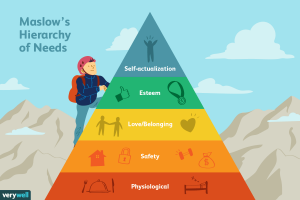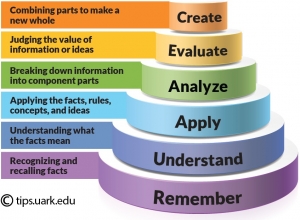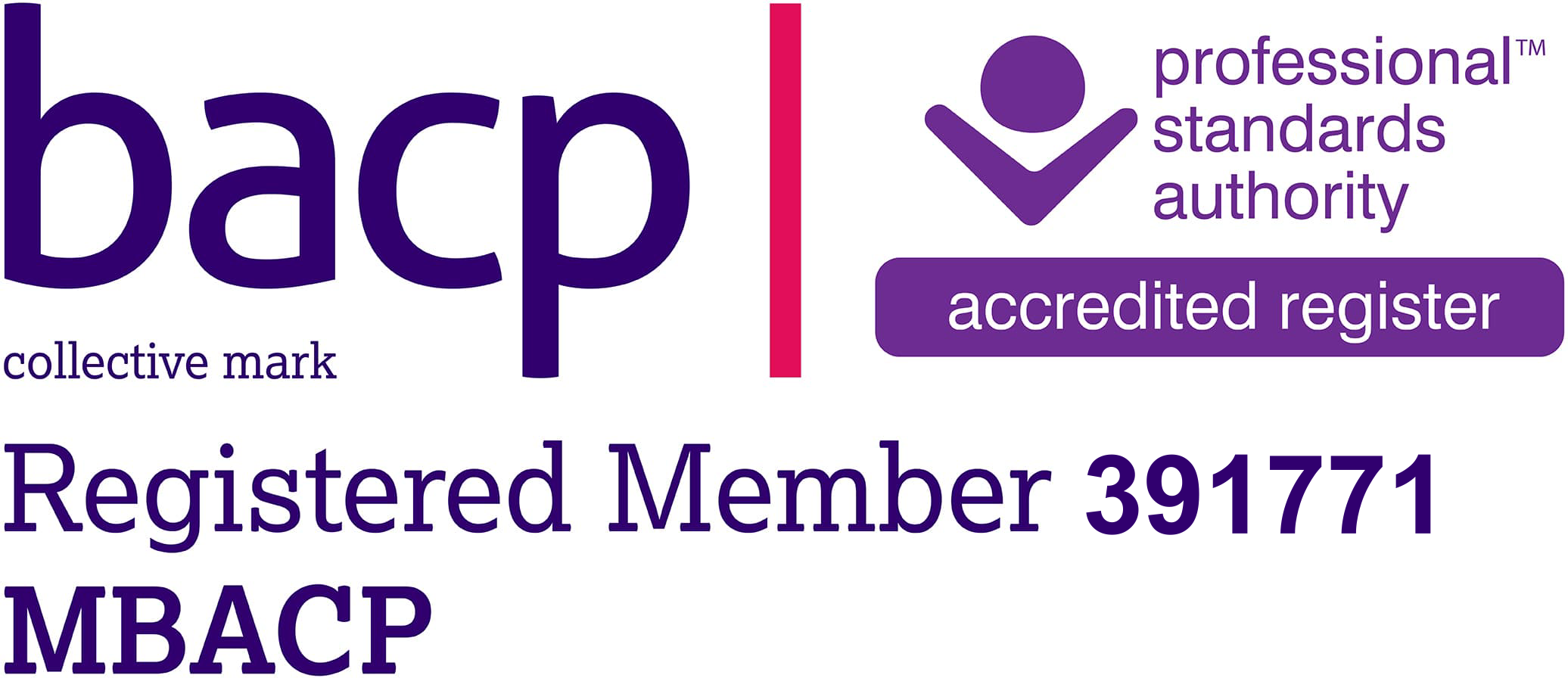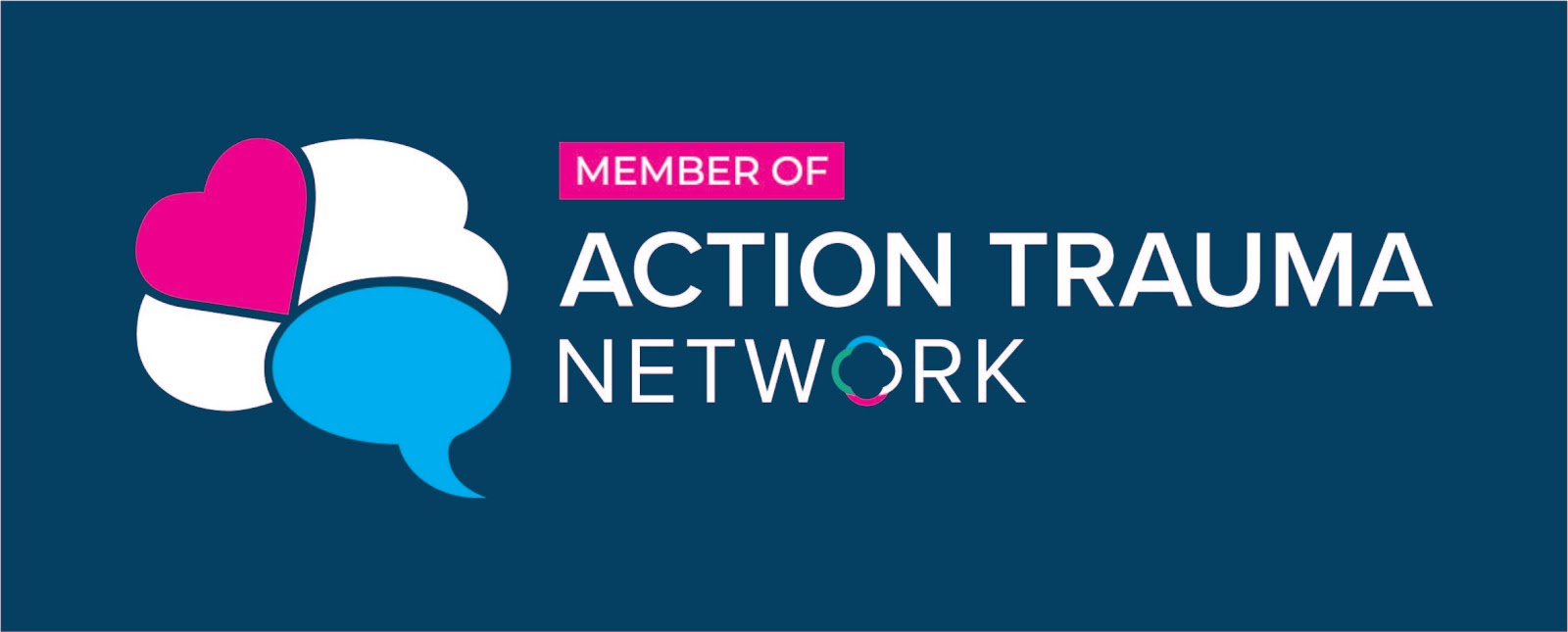Trauma, Looked After Children (LAC) and Attachment Disorder
Children can experience trauma in a variety of ways, this includes birth trauma, neglect, abuse or negative experiences at any stage of early life. These experiences may be through accident, illness, parental disputes, bullying at school, peer isolation and possible experience of negativity from influential adults.
All children who have lacked a relationship with their birth mother or have been fostered whether in infancy or at an older age will present with trauma in the form of attachment difficulties. This can present in children as increased anxiety, fear of loneliness, impulsiveness, poor ability to focus, hyper-vigilant or hyper-active activity and a lack of attachment and relationship. These children act out their challenging emotions. It may also be seen as withdrawal, avoidance, low self-esteem and over compliance. These children tend to hide or mask their emotions. Nevertheless, both types of children (withdrawn and those acting out) are driven to survive and function in an early survival state, lacking the connection between their emotions, sense of safety and coping with disappointment, fear or threat.
When trauma of any kind is experienced children revert back to presenting with primitive brain behaviours – flight / fright / freeze. These early survival patterns are elicited largely through early reflex activity where children survive and do not engage the cognitive brain which allows reasonableness and mindfulness. Not only are their actions and reactions not understood by parents and carers but the children fail to understand them themselves.
My experience has been, that children who have engaged in survival responses over a period of time struggle to show emotion but have no difficulty showing anger and frustration. This is a left-brain response where children are trying to work out the best way to survive. They have neglected coordination of the right and left hemispheres and function without emotion. Therefore, they can not think emotionally, have not developed empathy and lack emotional language to explain how they feel. A common response is “I don’t know how I feel”.
We work with an increasing number of children referred through Social Services, Barnardos and concerned parents. The aim of intervention is in using a bottom up approach to firstly enable the child to understand and recognise their survival state, give them strategies for self-regulation and work on early primitive reflex integration. We then focus on the child understanding where they belong, who they feel safe with and the relationship between emotions and actions. Finally we work on motor and sensory development, enabling the child to develop more efficient processing leading to improved executive functioning.
The diagrams below reinforce the need for understanding of security, belonging, predictability and self-awareness. This is a fundamental requirement for children to be successful academically and enjoy school and life. In short…“you need to Maslow to Bloom”
Maslow’s Hierarchy of Needs

Bloom’s Taxonomy






